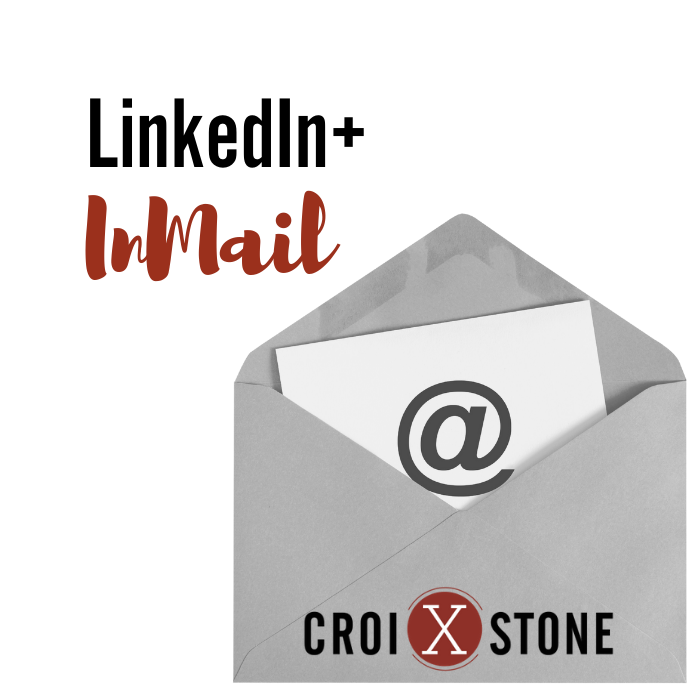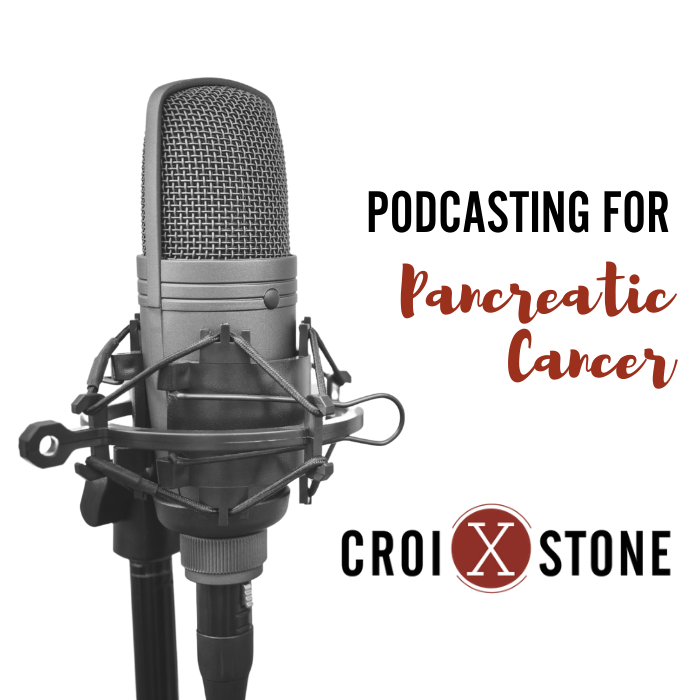Improve Your LinkedIn InMail Game
Tips to Optimize LinkedIn InMail
Fast Company magazine recently published an informative article with tips on how to drive outcomes with InMail (LinkedIn’s messaging platform). The article shared insights based on an analysis LinkedIn completed of tens of millions of InMails sent by recruiters globally between April 2020 and February 2021. Interestingly, the study revealed which InMails were likely to get a fast response.
Here’s a recap of the key findings:
- Shorter is better. Those that delivered their InMail messages between 201-400 characters got a 16% higher than average response rate and 41% better than InMails with more than 1,400 characters.
- Monday is the best day. Monday gets a 2% higher response rate while Saturday accounts for 13% fewer responses.
- Personalization matters. Personalized InMails perform 20% better.




